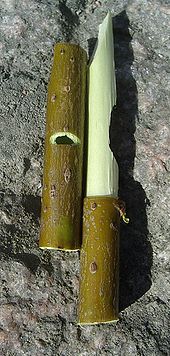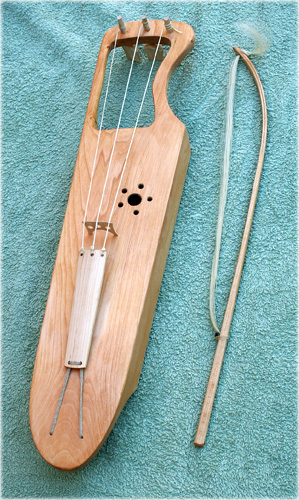He studied piano, arrangement and composition in Dortmund. Later he becomes academic at the University of Musik in Detmold. He was composer in residence of the University of Witten-Herdecke and he is the current composer in residence of the orchestra “Niederrheinische Sinfonie” in Krefeld/Mönchengladbach. In 2007 he got the Hans-Werner-Henze-Award.
In his compositions he especially is interested in the alliance between music an language. His opus includes songs for voice and different instrumentation, orchestral works (symphonies, compositions for voice and orchestra), chamber music, sacred music and compositions for music theatre. In his opera “Das Frauenorchester von Auschwitz” the point of discussion is the real women orchestra of the German concentration- and elimination-camp in Auschwitz-Birkenau during the Second World War. All the members of this orchestra were prisoners who had for example to play concerts for the German SS-officers. His newest composition is the oratorio “Nikolaus Gross”, a member of resistance in the German National Socialism.
documentation "Das Frauenorchester von Auschwitz" 3 (German)
video "Nikolaus Gross"
Christian Witte (teacher)
documentation "Das Frauenorchester von Auschwitz" 3 (German)
video "Nikolaus Gross"
Christian Witte (teacher)

















